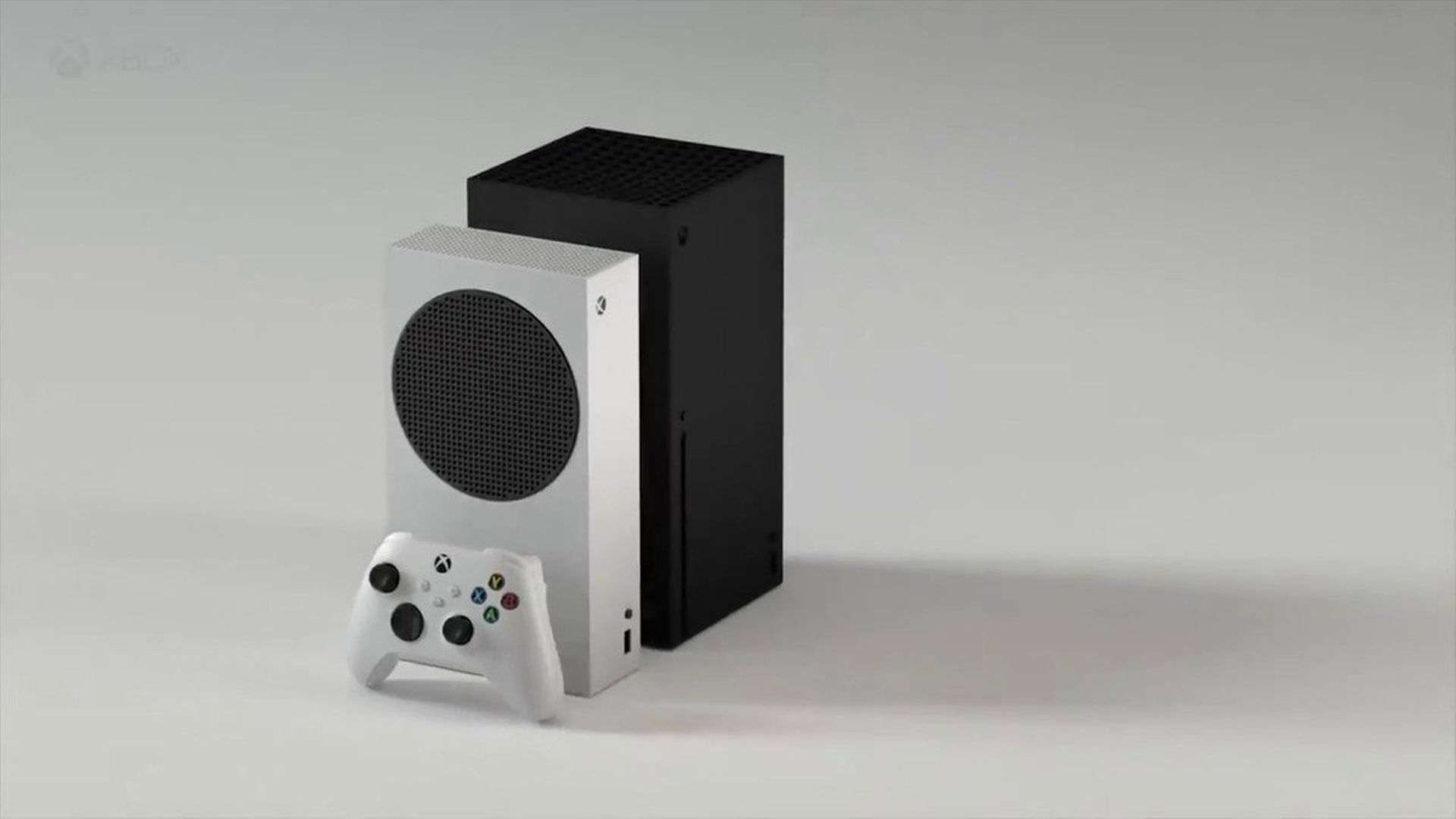A few months out from launch and we know almost everything about the new Sony and Microsoft systems, save for their cost. Of all the announced updates, changes, and technologies, one trend that has players the most excited is an ostensibly growing focus on choice. From the systems themselves to how the games play, here’s why we think personal preference could be the stand-out of the ninth-generation.
System Hardware
Choice in consoles evolved heavily over the last few generations, though the PS4 and Xbox One raised this bar like never before. Rather than one set of just base systems, players now have the choice between different hard-drive sizes, and device power, depending on what they want in terms of cost and performance.
This concept appears to have been a central idea in the development of the next-gen systems. The PS5 comes with diskless version, and the Series X, while not formally announced, seems to be preparing for a simultaneous release with a lower-powered and cheaper Series S. For players on a budget, or with specific use-cases in mind, these choices represent fantastic alternatives.
Gaming Customisability
For the first time in a console generation, the new systems appear to be built with both high resolutions and faster frame-rates in mind. The kicker for the PS5 and Series X is that, finally, the ultimate choice might be left up to players.
In the current systems, the idea of frame-rate versus resolution was largely left up-to developers, with them more often than not falling on the side of resolution. This made for fantastic screen-shots which helped sell copies, but it made the playing experience slower, less responsive, and generally feel poorer for it.
With the new systems, developers have already come out as stating that a great many titles are being built on the idea of 4K at a lower frame-rate, with the addition of a 1080p option for higher FPS. Two specific examples of this can be seen in the new Ratchet and Clank game, as well as the Spider-Man PS5 title.
Given that lower FPS has been a complaint of consoles for well over a decade now, this is a shift which has been met with enormous player applause. Combined with greater precedents of accessibility options as so well illustrated by Naughty Dog’s The Last of Us 2, and it’s apparent that more care than ever has gone to improving the player experience.
Methods of Delivery
The other side of the hardware and gaming coin is likely to come from the new avenues of gaming acquisition which might result. This is more indicative on Microsoft’s, side, with their heavy recent attention being placed in service-based gaming opportunities. Their Xbox Game Pass is a strong illustration of this, with a subscription-based service which offers hundreds of titles for £7.99 a month. While there is variance here based on the player’s physical location, the general idea could be one with a far more freeform focus.
A broader level of delivery might also be found with better acceptance of browser gaming, which has long been confined by system and region. For example, playing an online casino in India has traditionally been the purview of mobiles and desktops. With better-integrated browsers on next-gen systems, it might be possible for games like Book of Dead, Live Roulette, and a whole range of other titles to find a new and expanded home.

“XBox” (CC BY 2.0) by JeepersMedia
Building a Base
With all of these ideas, success could more likely be a journey than a destination. Exactly how much choice becomes a cornerstone of the next-gen experience will depend on the continued work of the manufacturers over the console’s lifespans. While, at this point, choice seems to be an important focus, this focus could be lost depending on public perception and sales performance. So far, at least, indications are that the new generation of gaming will be the most open and choice-driven yet.



